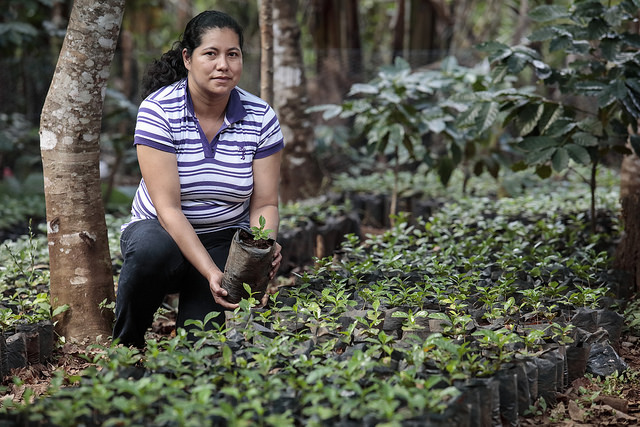Remittances to El Salvador Keep Families Out of Poverty

The Trump administration has announced an end to temporary protected status (TPS) for the 200,000 El Salvadoran refugees residing in the U.S. Immigrants have until Sept. 9, 2019, to either obtain a green card or to exit the country. Critics of the policy argue that El Salvador is unable to support an influx of citizens and point to the importance of remittances to El Salvador for the families that depend on this source of income.
Why Refugees Need TPS
El Salvadoran immigrants were granted temporary protected status in 2001 following two devastating earthquakes. Once enrolled in the program, immigrants have access to social security cards and a pathway to legal employment.
TPS status was originally granted to El Salvadoran refugees for only 18 months. However, previous administrations have repeatedly extended the program due to other adverse conditions like poverty and violence, as these have worsened since the earthquakes. For a country not at war, El Salvador has the highest homicide rate in the world: 108 per 100,000 people.
Remittances to El Salvador
El Salvadoran workers send billions of dollars annually back home to their families. These money transfers are called remittances. El Salvador has one of the highest remittance rates in the world.
In 2016, approximately 1.2 million El Salvadoran immigrants lived in the United States. They sent $4.6 billion in remittances back to El Salvador, making up 17 percent of the country’s Gross Domestic Product (GDP). Remittances to El Salvador have a much larger impact on the country’s economy than foreign aid. The United States sent only $88 million in aid to El Salvador in 2016.
According to Manuel Orozco, a political scientist with Washington D.C. think-tank InterAmerican Dialogue, between 80 and 85 percent of El Salvadoran immigrants send money back home. Orozco estimates that the average immigrant sends $4,300 annually. More importantly, Orozco estimates that one in 20 El Salvadoran households depend on remittance for survival.
How Remittances Help Those in Poverty
Remittances to El Salvador often help the poorest families access education, clothing, medicine and financial support for elderly citizens. In 2013, about 33 percent of households receiving remittance were considered poor, while about 46 percent were considered vulnerable. This suggests that remittance payments play an important role in keeping vulnerable households above the poverty line.
Remittances made up about 50 percent of monthly household income for recipients. Remittances constituted an even larger percentage of monthly household income for rural households and female- and elderly-led households.
Additionally, households receiving remittance in 2013 were more likely to have access to running water, bathrooms and electricity than the average household in El Salvador. Rates of home ownership were higher in remittance households than in the average El Salvadoran household.
In 2013, 94 percent of households receiving remittances used part of the money on consumption spending. Remittances increase domestic spending by providing poor families with a greater disposable income. Eliminating this source of revenue has the potential to hurt El Salvadoran businesses and, consequently, the El Salvadoran economy.
According to economist Cesar Villalona, “It’s a cycle. If remittances went down it would plunge people into poverty and reduce spending, which would hurt companies, causing unemployment and hitting government finances.” President Trump’s repeal of temporary protected status for El Salvadoran refugees could have devastating effects on the nation of El Salvador as a whole.
– Katherine Parks
Photo: Flickr
